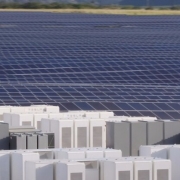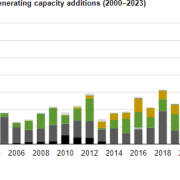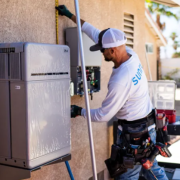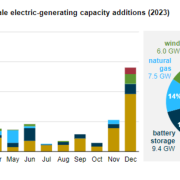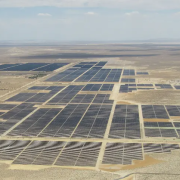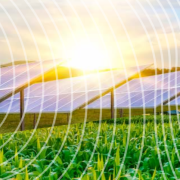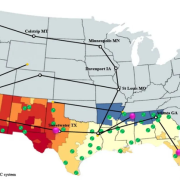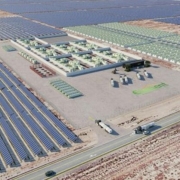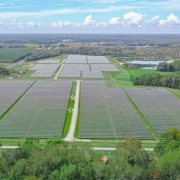Utility-scale battery energy storage system capacity in the West region of the US is forecast to grow exponentially over the next decade, driven by aggressive renewable portfolio standards and related strong solar development, particularly across the sunshine-soaked desert southwest. The West is home to 6 GW of operating battery storage — 60% of the nationwide total. At over 32 GW, the pipeline of both stand-alone and colocated storage in the region is more than five times the installed base, however, as it tries to keep pace with the rapidly expanding solar fleet.
The Western US is home to the best solar resources in the country, and photovoltaic development has followed accordingly, with 30 GW in operation and another 51 GW in planning. This growing solar base is expected to lead to significant daytime generation surpluses, opening the door for the rapid expansion of battery storage. The West is home to just over 6 GW of operating storage capacity, but the pipeline has swelled to over 32 GW, with much of this capacity paired with a solar generator.
Click here to read the full article
Source: S&P Global
—
If you have any questions or thoughts about the topic, feel free to contact us here or leave a comment below.

